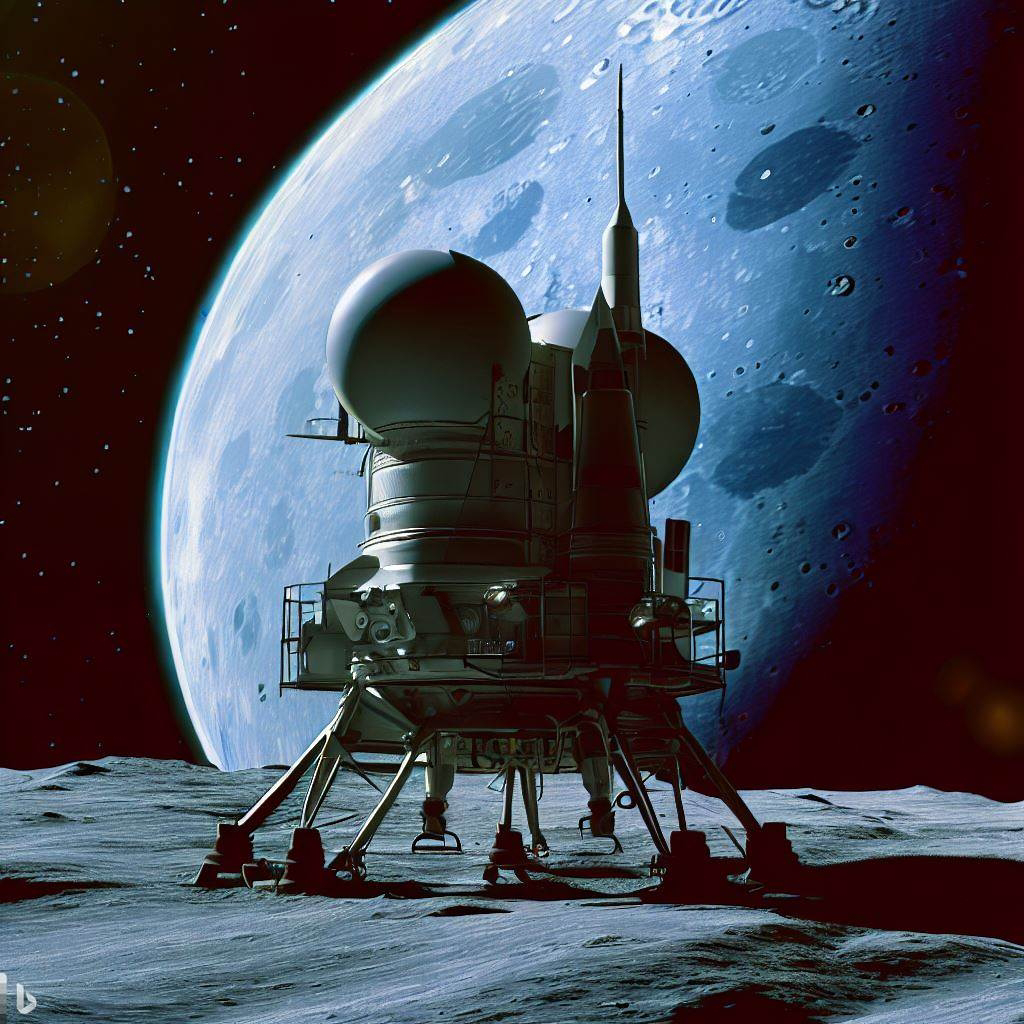Missions like Chandrayan 3 by different countries with AI generated pictures
Introduction:
The moon has captivated human imagination for centuries. In recent decades, space agencies from around the world have embarked on missions to explore its surface, study its geology, and unlock the mysteries it holds. This blog will take you on a journey through some of the most notable moon missions conducted by different countries.
United States - Apollo Program:
The United States is perhaps the most famous contributor to lunar exploration. The Apollo program, initiated by NASA, successfully sent astronauts to the moon between 1969 and 1972. The iconic Apollo 11 mission, led by Neil Armstrong and Buzz Aldrin, marked the first time humans set foot on the lunar surface, leaving an indelible mark on history and science.
Soviet Union - Luna Program:
The Soviet Union launched the Luna program, which aimed to study the moon through robotic missions. In 1959, Luna 2 became the first spacecraft to impact the moon's surface. Later missions like Luna 16 and Luna 24 returned lunar soil samples to Earth, contributing valuable insights into the moon's composition.
China - Chang'e Missions:
China's space agency, CNSA, has been making remarkable strides in lunar exploration. The Chang'e program, named after a Chinese moon goddess, includes both orbiters and landers. The Chang'e 3 lander and its rover, Yutu, became the first soft landings on the moon since the Soviet Union's Luna 24 mission. China continued its successes with the Chang'e 4 mission, which explored the far side of the moon, and the Chang'e 5 mission, which brought back lunar samples in 2020.
India - Chandrayaan Missions:
ISRO, India's space agency, launched the Chandrayaan series of missions to explore the moon. Chandrayaan-1, launched in 2008, discovered water molecules on the lunar surface. Chandrayaan-2, launched in 2019, aimed to further explore the moon's south pole region with an orbiter, lander, and rover. While the lander's attempted soft landing did not succeed, the orbiter continues to provide valuable data.
European Space Agency (ESA) - SMART-1:
ESA's SMART-1 mission, launched in 2004, was the agency's first moon mission. The spacecraft used innovative ion propulsion to reach lunar orbit, where it conducted studies on the moon's surface and composition. SMART-1 provided valuable data on lunar mineralogy.
Conclusion:
Lunar exploration has come a long way since the first moon landing. Different countries have contributed their expertise, technology, and scientific knowledge to better understand Earth's celestial neighbor. These missions not only expand our understanding of the moon's history and composition but also pave the way for future space exploration endeavors. As nations continue to collaborate and innovate, the moon remains a focal point for human curiosity and scientific discovery.












Comments
Post a Comment